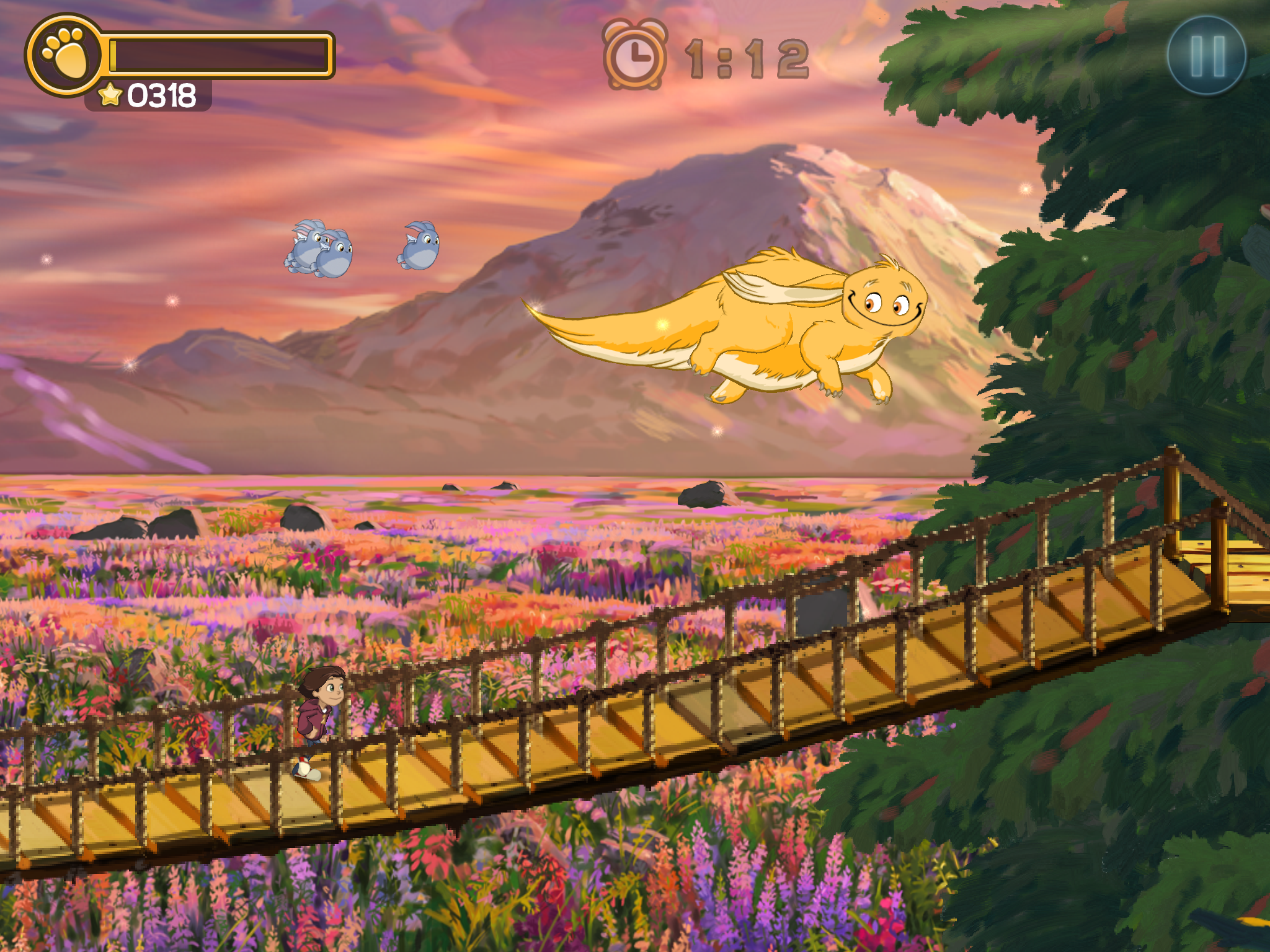Sam Byford, writing for The Verge:
One thing that Super Mario 3D World is not is a showcase for the Wii U's signature feature, the tablet-style GamePad controller. While there is the occasional stage that requires you to manipulate objects with the touchscreen, these are few and far between, and for the most part Super Mario 3D World is entirely playable with a regular controller. I actually found it far more comfortable to play with the underutilized but excellent Wii U Pro Controller most of the time. You can also play directly on the GamePad without the need for a TV, though I wouldn't recommend it; the camera angles tend to be too zoomed-out to be comfortable. And relegating Super Mario 3D World to the low-resolution GamePad screen would be a shame, because it's a stunningly beautiful game.
Nintendo has been on an advertising binge lately. Odds are very good that you've seen this commercial, or one of its siblings, on TV or the web:
The commercials are somewhat childish, but they do a decent job of explaining the Wii U in the context of Nintendo's newest AAA title, Super Mario 3D World. It's somewhat sad that Nintendo has to remind people that the Wii U is a new console and not a peripheral for the Wii (a problem that Sony and Microsoft don't have), but the good part of this commercial is that it shows the fun that can be had playing the game with friends and family.
Unfortunately, what the commercial also shows us is that the tablet-like controller for the Wii U is almost a pointless afterthought. The commercial doesn't emphasize using the tablet as a controller (despite its prominence in the still photographs), and Byford's post confirms that the tablet isn't really necessary for the game.
The fact that Nintendo's premier Mario title, delivered one year after the console's launch, doesn't show off the capabilities of the single defining feature of the Wii U is ridiculous. By contrast, Nintendo didn't waste any time showing off the uniqueness of the Wii's remote controllers. Wii Sports may not have been the best game on the system, but it immediately set the Wii apart as a console that--despite graphical shortcomings--offered unique gameplay.
The Wii U is already hampered by the fact that it offers inferior graphical performance compared to its competitors. Nintendo has compounded this business/engineering error by failing to produce a game that convinces people that the Wii U offers a unique experience.
Folks, Nintendo blew this one.









